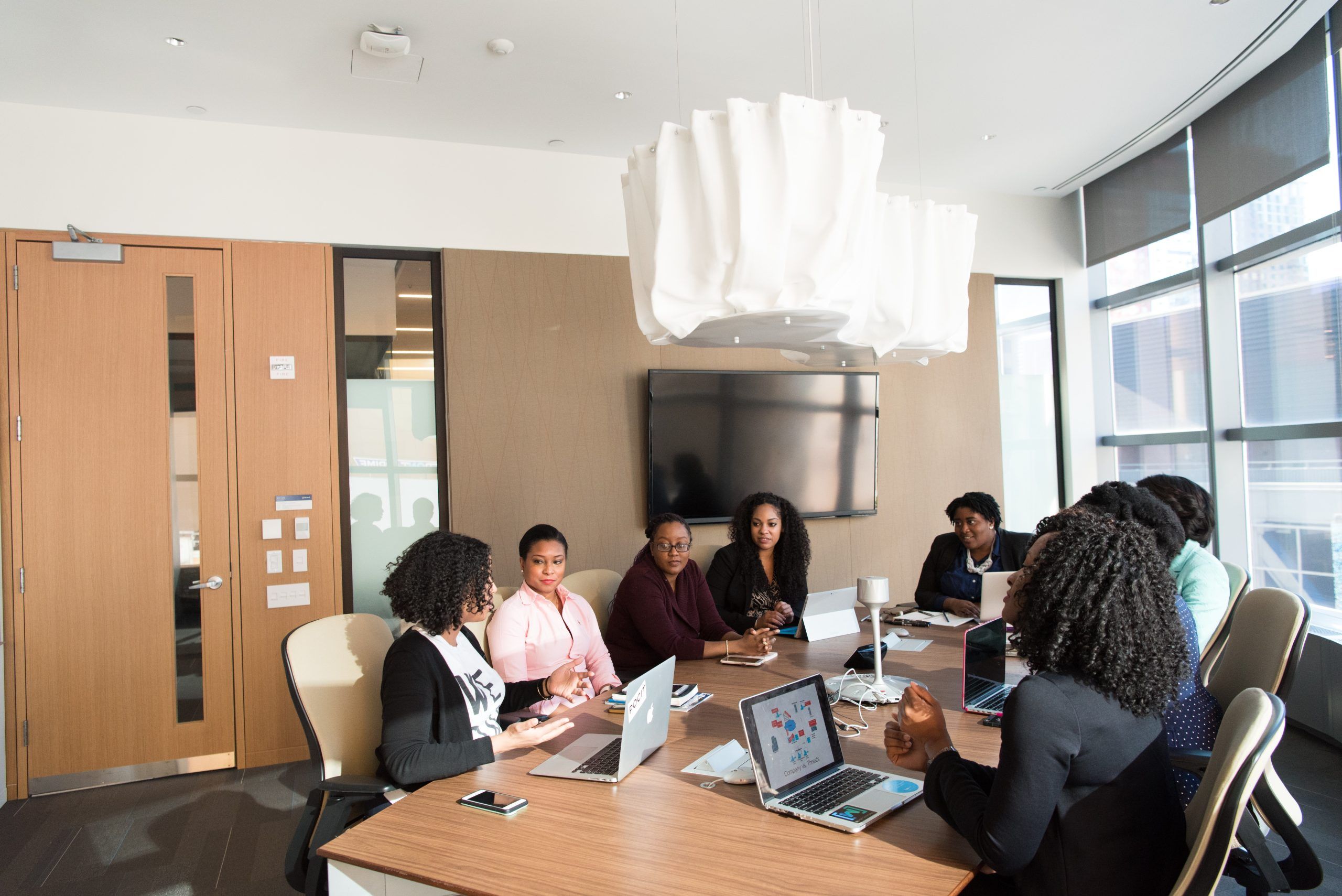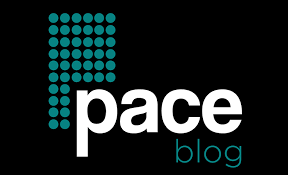2020 was a year where the question of diversity and inclusion in the workplace popped up again and again. The Black Lives Matter movement sparked a debate across the globe concerning whether companies actually practice diversity or not.
This also led major organizations and their employment records to surface showcasing the lack of diversity and inclusion in their workplace. It just so happens that when a company chooses to overlook talent on the basis of identity, they create an area. This area happens to include a homogenized group of people of similar talents and traits.
This makes the workplace resemble a country club and a hub for exclusivity. Moreover, this puts a limitation on talent retention for people of different backgrounds. When your workplace makes a high-potential employee feel on the fence of the opportunity spectrum, you’re fostering a culture that impedes diverse prospects from working with your company in the first place.
As the CEO of your company or any other executive position that you might hold, choosing to overlook diversity and inclusion strategies can have a far-reaching result on your company. Till this point, it might seem as if diversity and inclusion are still something that one can overlook.
However, here are three reasons why they need to be your priority.

Your Employer Branding
Your company’s brand is a perception of how you are perceived by your customers, clients, and investors. Employer brand is strikingly similar to your company’s brand. However, this is more focused on how you are viewed by past, present, and potential employees as an employer. A company with an eminent employer brand speaks volumes about how good a workplace is for employees.
In today’s social climate, a company’s attitude towards its employer branding leads to cultural and social impact. Today, workplace wellbeing translates to tactile changes regarding lifestyle also known as flex-work.
Diversity and inclusion initiatives foster an environment where employer branding can thrive. They’re provision for the varied needs of the workers present and make them feel like an integral part of the organization. If a company lacks diversity, this will make employer branding difficult. This will ultimately result in a lackluster pool of applicants and an inability to retain talent.
To ensure a thriving and inclusive workplace, many organizations are turning to professional assistance in diversity and inclusion. By engaging with corporate dei consulting, companies can create a more harmonious environment that resonates with their values and the needs of their employees.
As an employer, you can
- Foster a culture in your company where people can be honest without consequences. You need to create a safe space for anyone and everyone and work on ensuring that each employee feels at ease working for you. Listen to what they think are the necessary changes that your workplace needs. Ultimately strive to implement those changes. Even if all the changes aren’t possible – ensure that your employees are heard.
- Work on the image that your company presents to the world. Diversity is very easy to identify via pictures. If future prospects can’t see a representation of themselves in your company’s environment then they are less likely to apply. The job ads that you run should include a diverse side of your employee pool. This will ultimately broaden your applicant pool and ensure better employer branding.

Your Company Culture
Every company aims to have a culture that is easily differentiated from the rest out there. The company’s culture represents everything that it stands for. In order to foster a culture beneficial enough to be productive, you need to understand the impact that it has on your employees.
Without diversity and inclusion in your workplace, your company culture will start progressive decay as it becomes out of touch with the mainstream. Moreover, your company becomes a herding ground for a similar kind of people showcasing bias.
When there is a similar thought process and equal to no opposition, your employees aren’t facing enough professional challenges. This leads to a lack of empathy and results in average business performance. This happens because of the lack of diverse thought processes leading to an overlook of the ever-changing market and how to react to it efficiently.
In order to shift the cultural paradigm of a company, its core values can help you. Every company has a “why”, which sets it apart. That is why is based upon a set of principles and aspirations that can be aligned with those of your teams’. A veritable culture is one that is relevant to your company’s core values but holistic enough for your team to come together.
As an employer, you can
- Work on Employee Value Proposition (EVP). An EVP builds upon positive reinforcement by rewarding employees with benefits for their hard work. EVPs can be as basic as acknowledging an employee’s hard work publicly. Or you can use a team-building activity to commend more than one person for their outstanding performance. EVPs are extremely effective as they give employees something to strive for and are in line with the company culture.

Your Ability to Attract and Retain Talent
To get the best out of your employees in a professional capacity, making them feel included should be an imminent priority. If you’re not getting their best, this will ultimately result in subpar retention rates and employee desertion, which does more bad than good for your company.
Deprioritizing diversity and inclusion in the workplace come with a heavy cost. The result is twofold yet, mutually dependent comprising the quantitative cost and the qualitative cost.
Qualitative Cost
The qualitative cost has a direct impact on the behavior and relationship between not only you and your employees. But also upon the behavior and relationship, they have with their fellow employees. This usually represents itself in an apex turnover of the staff which effectively leads to a reduction in employee engagement. Inevitably, it also creeps its way into the company culture, turning it toxic.
Quantitative Cost
The quantitative cost is the tactile impact in association with the attraction and retention of talent. The tangible cost is ultimately losing out on potential talent. This also leads to a loss of time in terms of recruitment, time spent filling that role, and a compromised output.
Lastly, additional time to get a new recruit to perform work at the same pace as that of their predecessor. Lost productivity, time, and information heavily impact a business’ bottom line with an estimated cost of two to three times the outgoing employee’s annual salary, depending on their seniority level.
The problem faced by many companies today is that the lack of diversity and inclusion in their workplace gets called out when it’s past due. Businesses need to start harboring a culture of utmost honesty and trust, a culture where people can thrive. A culture where instead of being alienated for their opinions, people are encouraged. They should feel at ease when challenging the status quo that continues to persist in the workplace.
Diversity and inclusion need to be treated as the strategic objective that it is by bringing a commercial mindset and focus on ROI to a historically peripheral and diluted area. Companies must prioritize diversity and inclusion as a necessity, to survive and thrive in an increasingly globalized economy, the cost of doing so is prodigious.
Also Read: How to Build a Startup Team

